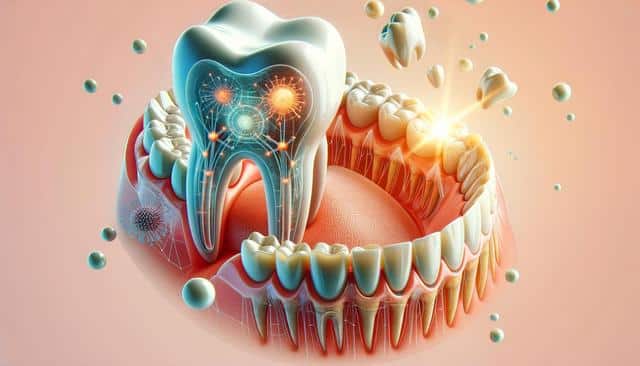Understanding Dental Bridges
Dental bridges are a practical solution for individuals missing one or more teeth. These structures span the gap created by missing teeth, using one or more crowns for the teeth on either side of the gap. Typically, a bridge consists of two crowns anchoring a false tooth or teeth in between. This setup not only restores the aesthetic appeal of a complete smile but also helps maintain the functional integrity of your bite. The material used for dental bridges can vary, including porcelain, metal, or a combination of materials, which ensures that your dental needs and aesthetic preferences are met.
Benefits of Dental Bridges
Dental bridges offer several benefits that go beyond just filling a gap in your smile. Firstly, they help in restoring the ability to chew and speak properly, which can be impaired by missing teeth. Secondly, they preserve the shape of your face by maintaining the structure of the jaw and surrounding tissues. Additionally, bridges prevent remaining teeth from drifting out of position, which can lead to further dental issues. Dental bridges are also a cost-effective, less invasive alternative to dental implants, making them accessible to a broader range of people.
Types of Dental Bridges
There are several types of dental bridges available, each catering to different needs and situations:
- Traditional Bridges: These are the most common type, consisting of a false tooth held in place by dental crowns that are cemented onto the abutment teeth.
- Cantilever Bridges: Used when there is only one abutment tooth next to the gap, making them suitable for areas with less stress, like the front teeth.
- Maryland Bonded Bridges: These use a metal or porcelain framework bonded onto the back of the adjacent teeth.
- Implant-Supported Bridges: These are ideal for individuals missing several teeth and are supported by dental implants instead of crowns.
Each type has its advantages and suitability, which will depend on the specific dental structure and requirements of the individual.
The Process of Getting a Dental Bridge
The dental bridge process typically involves multiple visits to the dentist. Initially, the abutment teeth are prepared by removing a portion of enamel to accommodate a crown. Then, impressions of the teeth are made to create a model for the bridge, crowns, and pontic. A temporary bridge is often placed to protect the teeth and gums while the final bridge is being made. Once the permanent bridge is ready, it is checked, adjusted, and fitted to ensure a perfect fit. Regular follow-up appointments might be necessary to check the fit and comfort of the bridge and make any adjustments if needed.
Maintaining Your Dental Bridge
Proper maintenance of a dental bridge is essential to extend its lifespan and ensure the health of your surrounding teeth and gums. Daily brushing and flossing are crucial to prevent plaque buildup and decay. It’s recommended to use a floss threader to clean under the pontic and around the abutment teeth effectively. Regular dental check-ups are also vital to monitor the condition of the bridge and the health of your teeth and gums. Avoiding hard and sticky foods can help prevent damage to your bridge, ensuring it remains functional and aesthetically pleasing for years to come.
Conclusion: Embrace a Confident Smile
Dental bridges provide a reliable way to restore your smile and enhance your quality of life. By understanding the types, benefits, and maintenance of dental bridges, you can make an informed decision that aligns with your dental needs and lifestyle. Whether you’re seeking to improve your bite, speech, or overall appearance, a dental bridge offers a path to a confident and radiant smile.
